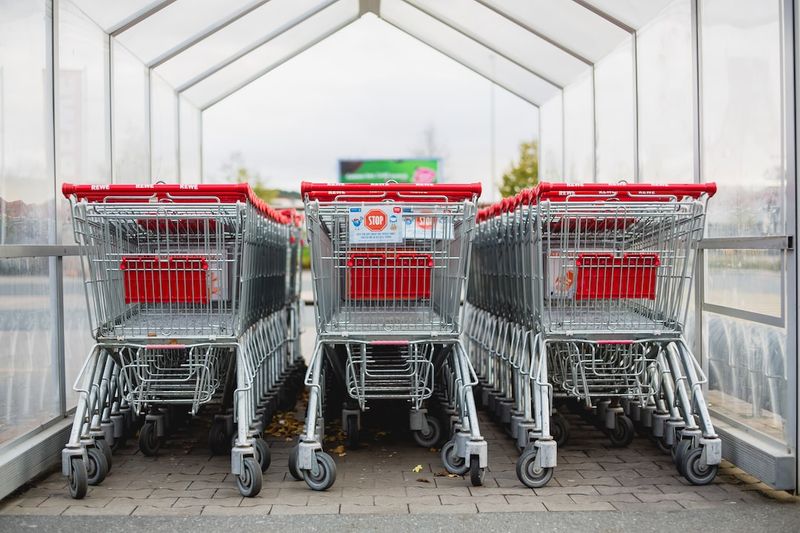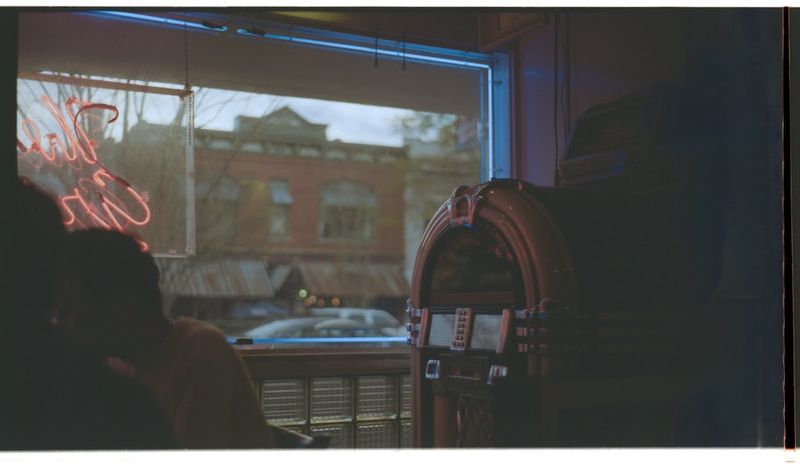Wilko Store Closures: The Decline and Analysis
Introduction
Wilko, the well-known UK retailer, has recently announced the closure of 52 stores after a failed rescue bid. This decision has left many team members unemployed, while rival retailer B&M has taken over 51 other Wilko stores. The news of these store closures raises questions about the broader retail landscape, the factors contributing to Wilko‘s decline, and the impact on affected employees and communities. In this report, we will analyze the reasons behind the closures and provide editorial insights and advice.
The Decline of Wilko
Wilko, formerly known as Wilkinson, has been a prominent player in the UK retail industry for several decades. The announcement of store closures comes as a significant blow to the company, highlighting the challenges faced by traditional brick-and-mortar retailers in today’s competitive market.
The decline of Wilko can be attributed to multiple factors. One major factor is the rise of online shopping, which has significantly altered consumer behavior. The convenience and accessibility of online retail platforms have lured customers away from physical stores, impacting sales and foot traffic. Wilko‘s sluggish response to the digital revolution may have contributed to its gradual decline in recent years.
Additionally, the economic downturn and uncertainty caused by events such as Brexit have affected consumer spending habits. The shift towards value-oriented shopping and bargain hunting has led customers to seek out discount stores like B&M, resulting in increased competition for Wilko.
Impact on Employees and Communities
The closure of 52 Wilko stores not only affects the company but also has severe consequences for the employees and communities involved. Team members working at the affected stores will face redundancy and potential financial hardship. The loss of jobs not only impacts individual livelihoods but also disrupts local economies and communities as a whole.
Communities that relied on Wilko as a source of affordable goods and employment opportunities will face the challenge of finding alternatives. High streets and shopping centers may suffer from increased vacancies, diminishing footfall, and a sense of disarray. It is crucial for local authorities, businesses, and stakeholders to come together and formulate strategies to mitigate these adverse effects.
The Future of Brick-and-Mortar Retail
The closure of Wilko stores exemplifies the ongoing transformation in the retail sector. Traditional retailers must adapt to changing consumer preferences and embrace innovation. While physical stores may face challenges, they continue to offer unique experiences, personalized customer service, and the ability to interact with products firsthand.
Retailers like Wilko need to prioritize their online presence and develop omnichannel strategies that seamlessly integrate offline and online operations. Enhancing customer experiences through in-store events, promotions, and a curated product range can help drive footfall and maintain relevance in the digital era.
Editorial Insight and Advice
The closure of Wilko stores underlines the need for retailers to remain agile and responsive to changing market dynamics. It is essential for companies to invest in technology, data analytics, and e-commerce capabilities to stay ahead of the curve.
Furthermore, businesses should prioritize employee welfare during times of restructuring. Fair compensation, retraining programs, and assistance in finding new career opportunities can alleviate the impact of redundancies on the affected individuals. Local governments and organizations should collaborate with retailers to support affected communities by revitalizing high streets and encouraging entrepreneurship.
Consumers also play a crucial role in shaping the retail landscape. Supporting local businesses, shopping consciously, and valuing the unique experiences that physical stores offer can contribute to the sustainability of brick-and-mortar retail.
In conclusion, the closure of 52 Wilko stores marks a significant development in the UK retail landscape. It highlights the challenges faced by traditional retailers in the face of technological advancements and changing consumer behavior. While the road ahead may be tough, retailers can thrive by embracing innovation, enhancing the customer experience, and collaborating with stakeholders to ensure the well-being of employees and communities.

<< photo by Markus Spiske >>
The image is for illustrative purposes only and does not depict the actual situation.
You might want to read !
- The Impact of Wilko Store Closures on Local Communities: Analyzing the Full List of 52 Doomed Locations
- Mapping the Decline: Exploring Wilko Store Closures across the UK
- ED Speaking of Manchester City’s pursuits in the transfer market, it seems they are leading the chase for the talented young midfielder Evan. The football rumour mill is in full swing, and there’s plenty to discuss. So, let’s dive in and explore the latest developments surrounding Manchester City and their potential acquisition of Evan.
Title: Manchester City’s Pursuit of Evan: Leading the Race in the Transfer Market
- Editorial Exploration: Analyzing the Availability of Stores on Labor Day 2023
Article Title: Labor Day 2023 Store Openings: A Comprehensive Guide to Available Retailers and Operating Hours in the US
- The Invasion of the Asian Hornets: Identifying the Threat and Reporting to Authorities
- “Cracking Clash for Cricket Fans: Live Updates on Pakistan vs Bangladesh Super 4 Match in Asia Cup 2023”
- Glasgow Airport Terror Manhunt: Delays and Police Pursuit of Suspect Daniel…




